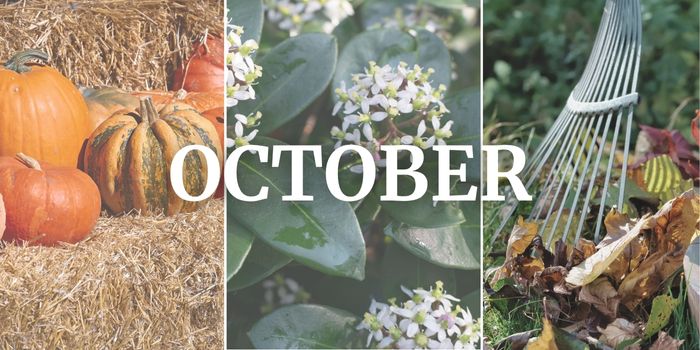
October is a real turning point in the garden. The days are shorter, leaves are falling fast, and it’s tempting to pack away the tools and retreat indoors. But this month is actually full of jobs that will help protect your garden through winter and set you up for a colourful spring. Here are some of the key tasks to tackle this October:
Tidy Up the Garden
- Clear fallen leaves from lawns and paths so they don’t smother the grass or turn slippery. Collect them in bags or a wire frame to make your own leaf mould – a brilliant free mulch for next year.
- Cut back tired perennials once they’ve collapsed, but don’t feel you need to strip the garden bare. Seedheads from plants like echinacea or teasel look wonderful in the frost and provide food for birds.
- Remove finished veg crops such as beans and peas. Cut the stems at ground level and leave the roots in the soil – they release nitrogen as they rot down, enriching the soil naturally.
If we experience the first frost, you may want to dig up your dahlias. Remove the tubers from the soil and store them in a dry, cool place over winter. You can also keep them in the garden, just cut back the stems and cover the soil with a thick mulch to insulate them through winter.
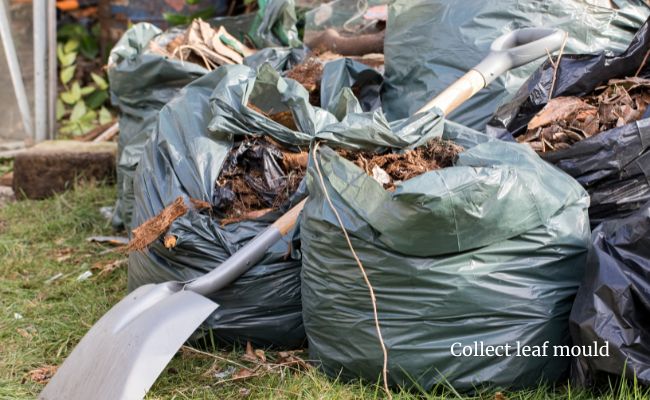
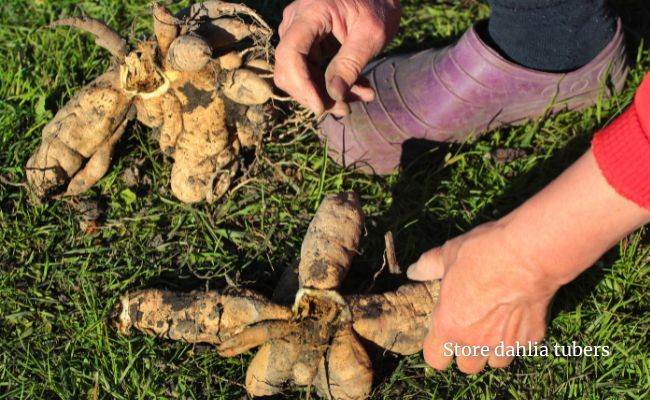
Lawn Care
- Rake up leaves regularly to keep your lawn healthy. A quick rake every few days is easier than tackling a heavy mat of wet leaves later.
- Feed with an autumn lawn fertiliser – these have less nitrogen (so your grass won’t grow too quickly) and more potassium and phosphorus to strengthen roots ready for the cold months.
- If the ground isn’t too soggy, aerate compacted areas with a garden fork to help drainage.
- Usually, the last chance to seed bare patches. Check the box for full details.
What to Plant in Autumn
- Autumn colour for pots and borders: Pop in cheerful pansies, violas, heathers, skimmia, cyclamen and ornamental cabbages. They’ll keep your garden looking fresh well into winter.
- Sedums are at their best now – their flat flowerheads look lovely with autumn grasses and provide late nectar for pollinators.
- Spring bulbs: Plant daffodils, crocus and hyacinths this month so they’re ready to burst into flower next spring. Plant in generous clumps rather than singles for maximum impact.
- Trees, shrubs and hedging: With the soil still warm and moist, it’s a perfect time to plant. Water them in well and mulch around the base to keep roots snug.
Fruit & Veg Plot
- Harvest pumpkins and squashes before the first frosts. Leave a good length of stem attached – it helps them store for longer.
- Sow overwintering broad beans or onion sets if your soil isn’t too heavy. They’ll get established now and give you a head start in spring.
- Prune raspberries: Cut down old, fruited canes of summer raspberries, and thin out congested growth in blackcurrants and gooseberries. This helps keep plants healthy and productive.
- Check stored apples and potatoes – one rotten one can quickly spoil the lot, so remove any that are starting to go soft.
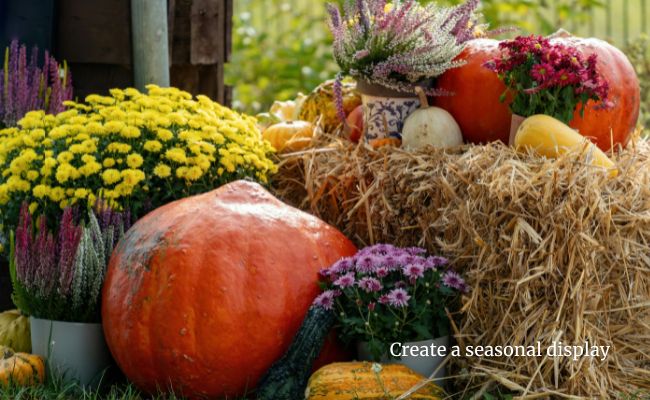
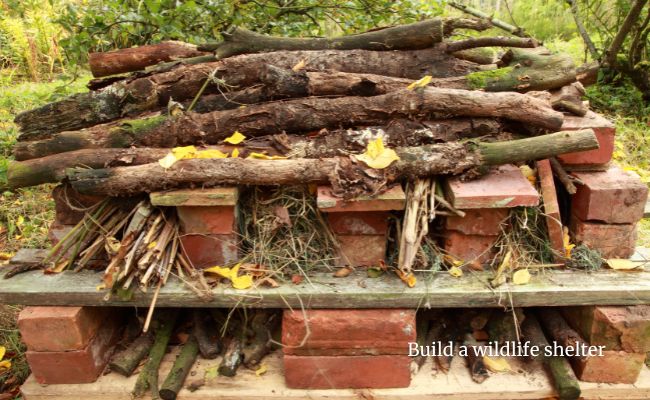
Wildlife & Ponds
- Feed the birds with high-energy foods such as suet blocks, seeds and peanuts. Natural food is becoming scarce now, and feeders will soon be bustling with visitors.
- Leave a little mess – a pile of logs or twigs in a corner makes the perfect winter shelter for hedgehogs, frogs and insects.
- Net small ponds to stop leaves from clogging the water. A quick tidy now saves hours of work later.
Tools & Structures
- Give tools a clean and oil before putting them away for winter. A quick scrub and wipe-down keeps rust at bay, and they’re ready to go in the spring.
- Check fences, sheds and greenhouses for damage – better to repair them now than in the middle of a winter storm.
- Turn the compost heap if you have one – mixing it speeds up the rotting process and gives you rich compost for next year.
